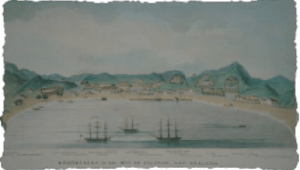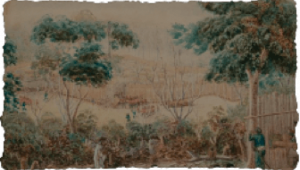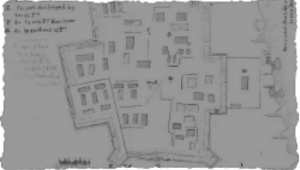
Our Traditions



Māori are descended from the great Polynesian sea-farers who swept across the Pacific Ocean, finally arriving in New Zealand about 750 years ago. These ancestors arrived aboard great voyaging waka (canoes), the names of which have been passed down through the generations.
Māori society was vibrant and dynamic from the outset. The ancestors were quick to adapt to their new homeland, a rugged and temperate environment very different to the small tropical islands they had departed. There were challenges, many relating to the cooler climate, but also some grand opportunities.
The descendents of the Polynesian voyagers became tangata whenua, the people of the land, the indigenous people of Aotearoa. By the time New Zealand was “discovered” by Europe in 1642, Māori culture was vibrant and unique, tied to and inseparable from the land itself.
Social Organisation
Māori society was organised into more-or-less autonomous communities, connected through complex networks of kinship ties and political alliances. Communities were loosely grouped into iwi defined by descent from a common ancestor. The iwi was the largest unit of Māori society, however, there was no permanent office of “paramount chief” at the level of the iwi. Decisions were reached through negotiation among rangitira and kaumatua. Formal hui were held to discuss important issues, where people of sufficient rank would speak in turn.






